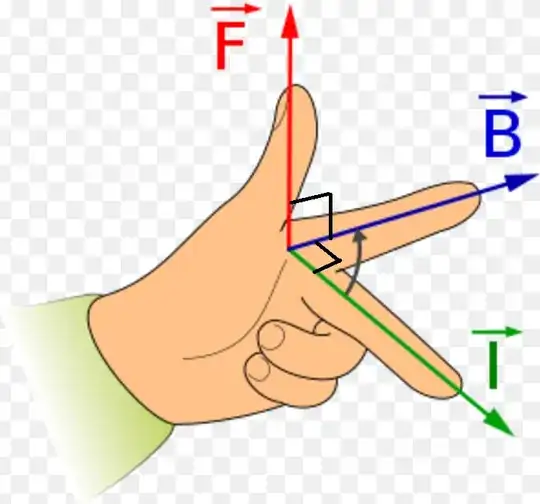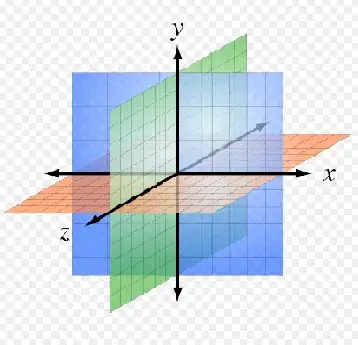$u{\times}v$ is orthogonal to both $u$ and $v$.
I tried to visualise the above, but couldn't do it. If $u{\times}v$ is orthogonal to both $u$ and $v$, then provided that the angle between $u$ and $v$ $\theta \neq 0$, then the triangle formed between $u$, $v$ and $u{\times}v$ would have a total internal angle value greater than $180^o$.

